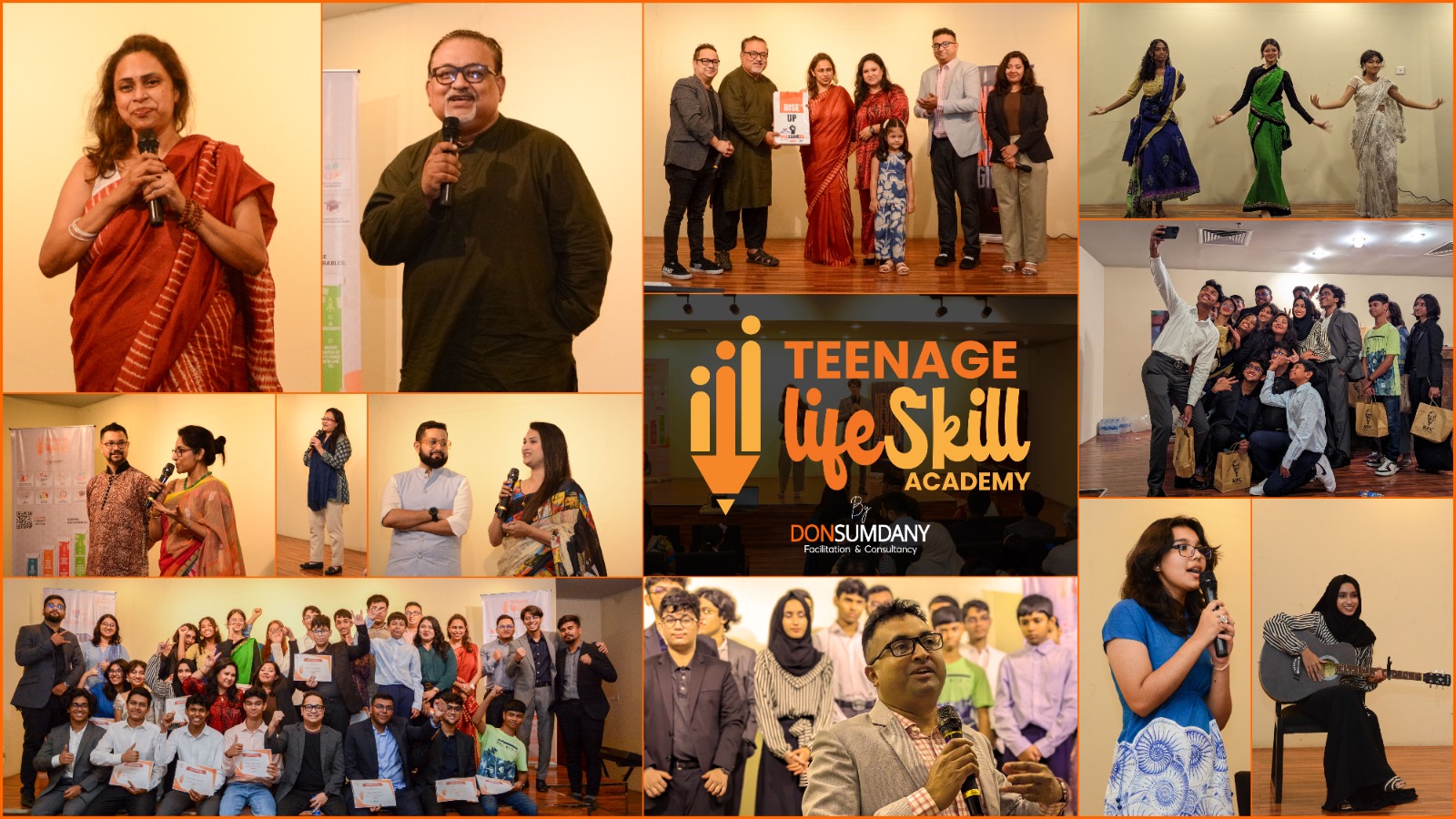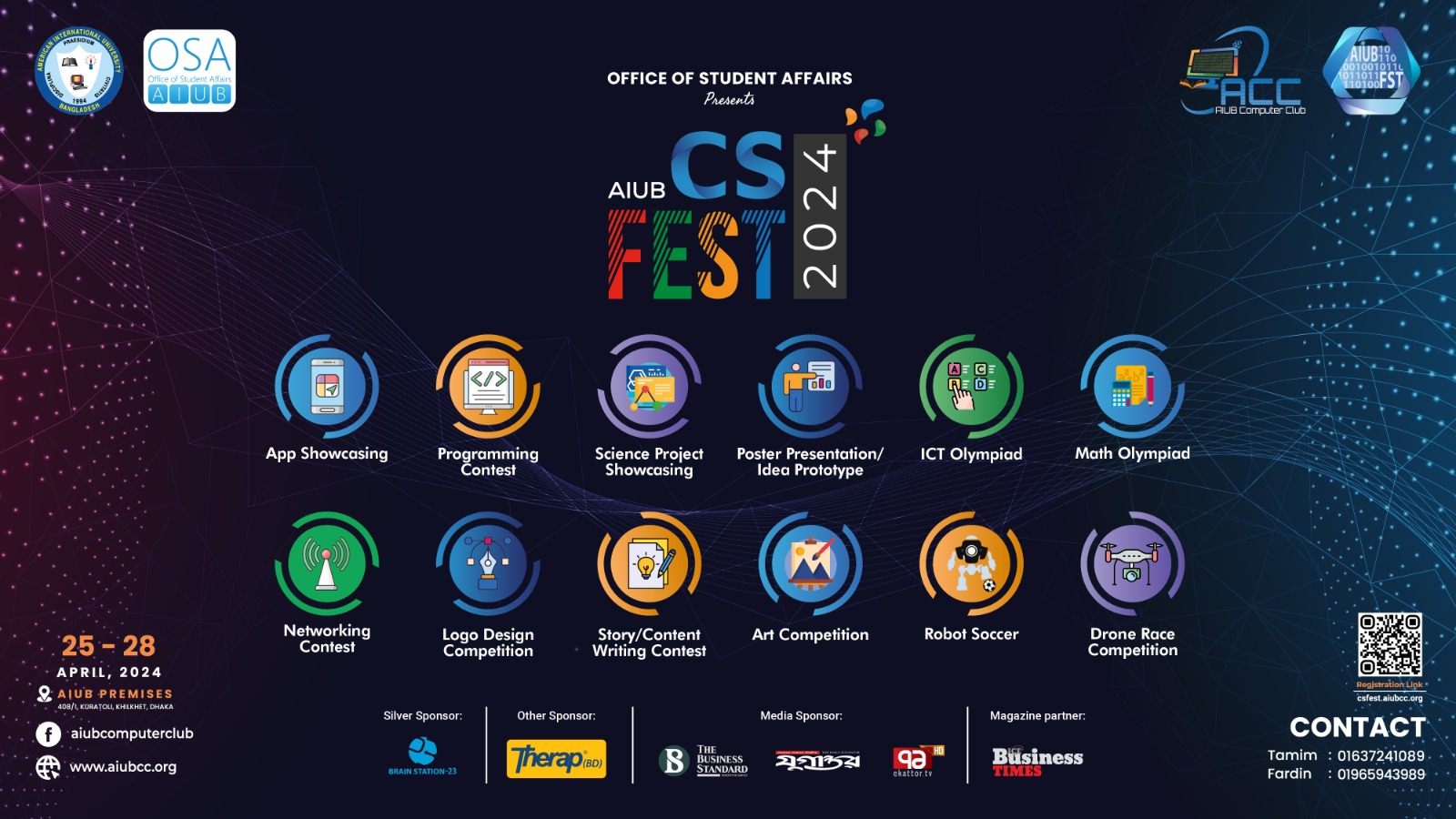One cannot build a brand overnight. It is a long term strategy which requires hard work, planning and patience. Companies should go for corporate branding first.
According to Aftab Mahmud Khurshid, both the terms “brand” and “branding” are being properly used AND properly misused in our country. Having amassed a decade of experience after having worked in different capacities in a wide spectrum of business development, marketing and branding arenas, he share his insight regarding the essence of branding with IBT.
Over the years he has created a vast working track record having been involved with various national and multinational companies while maintaining a reputation on the side for being an accomplished lyricist, author and marketing extraordinaire. He is currently working as the Chief Marketing Officer of SSG, one of the leading electronics conglomerates in the country.
The concept of Branding requires a rebranding, according to Aftab, as people aren’t using it to its full potential. “Some are working in the name of branding but they have not fully grasped its purpose. A brand is a story, and marketing is the story telling. In Bangladesh there is a wrong perception that a brand can be created through a little advertising or PR. Branding is something that should be embedded into the DNA of an organization and it should help interlink the vision, mission and strategies of the company.”
The gaps need to be filled here and there and for most companies to fill those gaps they need to understand that a brand cannot be established just by focusing on sales only. “Most companies are sales oriented from the start. Marketing is a process of contentious creative engineering and a strategic business science and sales is only one part of the total marketing picture. However, companies emphasize on sales more as they want to capitalize on short term sales spurts. However, marketing and branding takes time. One cannot build a brand overnight. It is a long term strategy which requires hard work, planning and patience. Companies should go for corporate branding first. If that can be done properly then the product will sell itself. Most of the local companies don’t emphasize on this as they do not understand its importance.”
Local companies have a lot of things to learn from multinationals and proper branding is one such issue. However, according to Aftab there is a problem even there. “The locals are learning about the process but the full articulation and execution is still missing. People can get the right knowledge by working with these multinationals and then they can take it to local firms but then it completely depends on the mentality of the management whether they want to utilize this knowledge or not (and in most cases they do not). We are lacking the corporate culture required to make branding conducive. To raise awareness these companies need to learn how to absorb these corporate cultures in-house then they have to allow the professionals to do their jobs.”
There is a huge gap between the state of branding here and that on the international stage. As such, Aftab recommends structural reforms so that companies can meet international standards. “To be able to perform on the global stage, companies need to start thinking globally and act accordingly. Re-structuring is required in terms of the policies and processes. Most companies do not have the right organizational environment or pay structure to be able to attract employees who can help them make a mark on an international platform.”
However, for this structural change to happen mindsets need to change as well and this might not happen until the next generation takes over. “If the current crop of leaders wants to compete on a global level their mindsets need to change. The next generation might have the right type of thinking but there are questions there regarding whether they will get the right type of guidance from their predecessors. In time, when we have more people from the next generation in leadership positions, companies might start adopting more open corporate cultures which will more open to the required ideas and changes.”
“Garments owners have the skilled labor and machinery, and also know the quality and compliance issues. They have all the right information along with a skilled labor force. So, they should be working to establish a local brand. It is something that should be pursued by young entrepreneurs and you can already see it happening to a small extent when you see brands like Tanjim and Cats Eye.” The RMG sector can be used to make a mark on the global stage but again, this prospect is something that has to be utilized by the newer generation of entrepreneurs.
Aftab went on to outline how important it is to learn from global brands like Coca Cola, Apple, Rolex, BMW and so on, about how they’ve positioned themselves in peoples’ minds. “People should not be looking for market share but rather ‘mind share’. This should be considered the era of taking ‘mind share’. A major part of branding is psychological as this creates the brand loyalty or preference. What we do is advertise and communicate but we don’t take the next step. We don’t take the necessary steps to place the product in the peoples’ minds so that it becomes a preferred brand for them. There are companies which have established their names in the market but they still have a long way to go before they can earn the loyalty of their customers.”
Recently SSG went through a very successful corporate shift and being their CMO, Aftab played an instrumental role in helping the company achieve this shift. “The vision is to go to the next level. We want to be a contemporary modern company with innovative products and solutions so to do that we had could not follow the traditional concepts, outlooks and mindset. We needed a facelift which we have successfully accomplished after which we are bringing in some internal infrastructural changes. The overall response from this change has been positive from all quadrants. Both the customers and the competition are much more aware of our presence in the market now. Not only has this lead to an increase in consumer’s confidence in us, our overall image in the market has been enhanced.”















